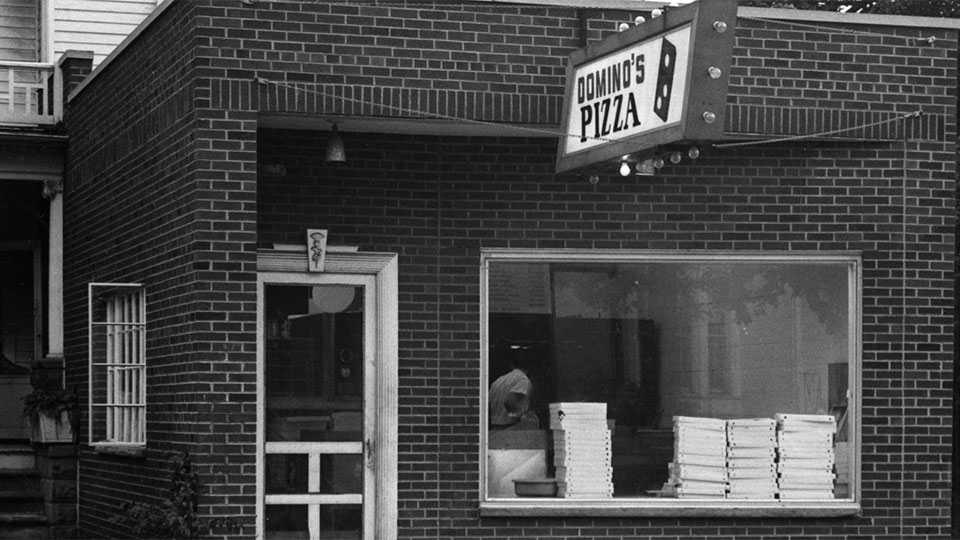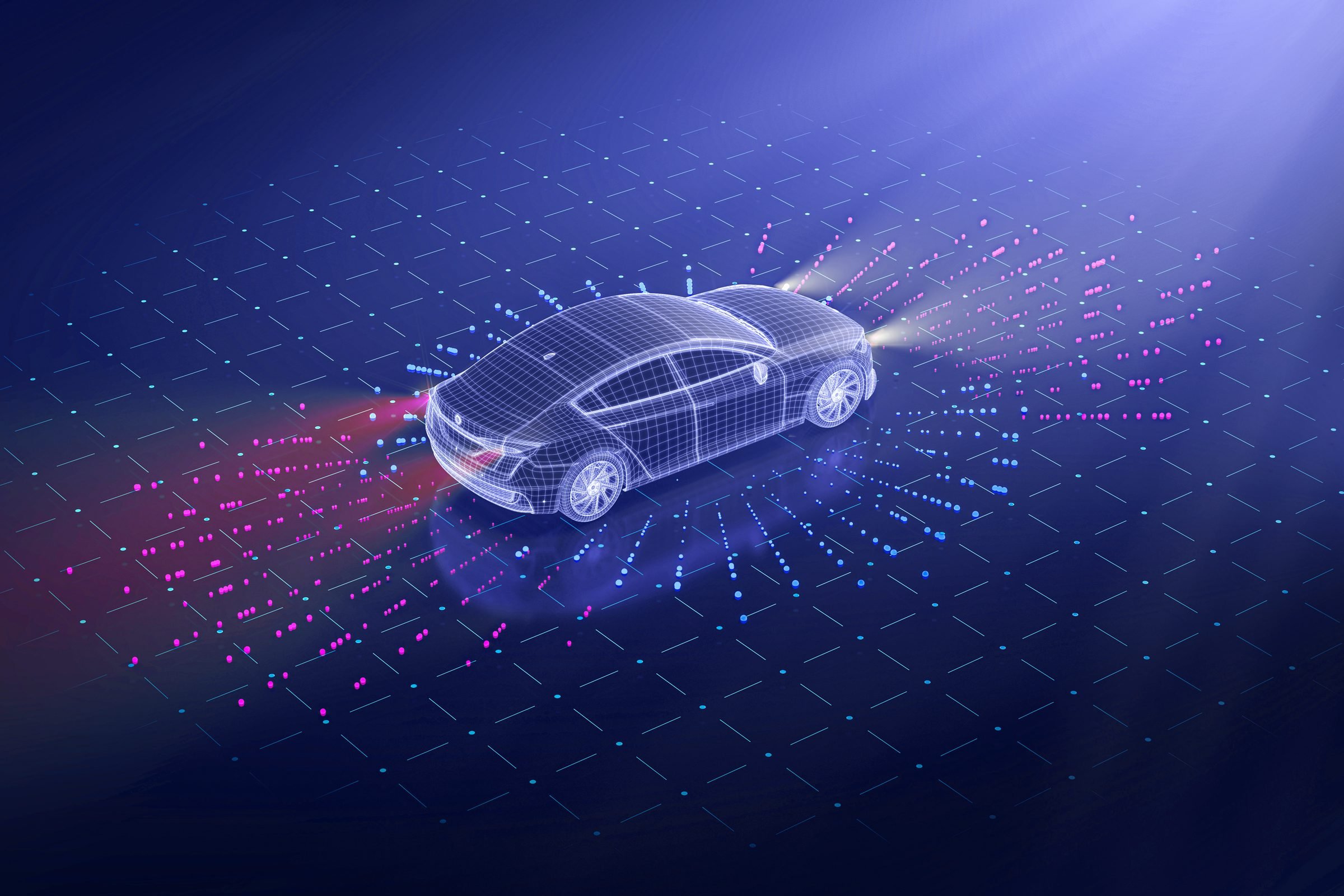How Domino’s Self-Driving Cars Are Future-Proofing Pizza Delivery
Driverless cars are becoming increasingly popular these days due to the advantages they provide in terms of mobility and convenience. Companies from all different industries have started to capitalize on the utility this technology offers, using them for easy ride-sharing, transportation of cargo, and, most recently, pizza delivery.
The last feat is currently spearheaded by Domino’s Pizza, one of the oldest and most trusted pizza restaurant chains in the US. Having been in the game for over 60 years, Domino’s is aware of the huge market for pizza delivery. Statistics indicate US consumers spent over $14 billion on pizza in 2020 alone.
WCVB. But how exactly will they achieve this? Before getting into the technical details, let’s start with a background on the pizza delivery chain itself.
A Brief History of Domino’s Pizza Delivery

Domino’s Pizza was established by two brothers in 1960, with their first store opening up in a small town within Michigan, USA. More than 63 years later, the single-store pizza shop has grown to become one of the leading pizza franchises in the world. As of 2022, over 18,000 Domino’s Pizza restaurants are currently operating across 83 countries.
One of the unique selling points for Domino’s has always been their promise towards fast and reliable pizza delivery. In 1979, the company coined a marketing scheme dubbed as the “30 Minutes or Less” guarantee. This was essentially a promise made to customers which stated that if Domino’s failed to deliver pizza to their location within 30 minutes of them placing an order, it would be free of cost.
For decades, this guarantee was upheld by Domino’s, with many arguing that this particular marketing scheme was the main driver of the pizza chain’s massive success. At the same time, however, there were multiple accidents being reported involving Domino’s delivery men scrambling to deliver an order on time. Unfortunately, Domino’s was forced to end the 30-minute guarantee after a lawsuit was filed against them claiming they were encouraging reckless driving.
Despite its downfall, the 30-minute guarantee coined by Domino’s holds major importance today. It became one of the many ways in which the franchise displayed their belief in improving the delivery experience of their customers. Perhaps it is with this same mindset that they have now shifted their attention to driverless cars- channeling their energy into setting a new precedent in pizza delivery.
Journeying towards self-driving cars with Nuro

After a brief experiment with Ford in the realm of self-driving cars, Domino’s Pizza partnered with Silicon Valley-based robotics company Nuro in 2021. Nuro develops autonomous self- driving vehicles specifically for use in delivery.
Instead of hiring external delivery men through third-parties like DoorDash and GrubHub, companies in need of delivery services can make use of robots developed by Nuro. The robot currently being used by Domino’s is the R2, a zero-occupant vehicle that can detect potholes, fallen trees, and other obstructions to prevent any collisions while making a delivery. For a detailed representation of the road, lidar, radar, 360° and thermal cameras are used by the robot. R2 also happens to look a lot like Google’s self-driving car.
As of now, this service is only available to customers ordering within the city of Houston, Texas. Domino’s claims they are currently in testing mode- with the objective of this endeavor being to recognize the risks and practicality of this idea. The end goal will be to ultimately figure out a way to best incorporate self-driving technology in Domino’s business in the future.
How can I order?

It is important to note that Domino’s driverless delivery service is only available from a single store situated in Woodlands Heights in Houston, Texas. This means that if you wish to get your pizza delivered by R2, the most basic prerequisite is that your delivery location must be within the vicinity of this store.
However, even if you live nearby, there is no guarantee that your pizza will be delivered by R2.
Since this service is currently in testing mode, the driverless car is only operational on select times and days of the week. In the end, only a lucky few customers will be able to experience pizza delivery through the help of this driverless robot.
In case you are among those lucky few, you can go through the following steps to place your order:
- Visit the Domino’s Pizza website to place an order.
- Enter details like your address, name, and phone number to ensure your pizza is accurately delivered.
- Select the pizza you want to order and head to checkout.
- Pay for your order.
- If prompted, opt-in for Nuro’s R2 Delivery.
- If you are selected for delivery by R2, you will receive a text message on your phone containing R2’s location as well as a unique access PIN number.
- Track where R2 is on the map via GPS on the order confirmation page.
- Once R2 arrives at your location, enter the pin number you were sent through text on the robot’s touch screen.
- If the pin is correct, R2 will open its doors to reveal your pizza order.
What this means for the future

Domino’s partnership with Nuro has opened doors to an entirely different model for pizza delivery. Imagine if other pizza delivery chains like Pizza Hut, Papa John’s, and Cici’s followed suit. That’s close to 80,000 stores operating in the US alone- and that too for just pizza. If such an idea were to become mainstream within the restaurant delivery industry, the impact would be tenfold.
Following are just some of the advantages driverless vehicles hold over traditional delivery men being employed today which may contribute towards making pizza delivery future-proof.
Faster Delivery
Unlike human delivery men which may suffer from fatigue and human error while driving, robots like R2 can get the job done with minimal mistakes. They are objectively faster in terms of movement and are able to get on the road more quickly as well, providing overall faster deliveries.
Increased Safety
Self-driving bots and cars operate based on coded traffic instructions that are impossible to override. Unlike delivery men, they cannot drive recklessly in pursuit of delivering the order more quickly. Hence, safety is of utmost importance.
Better Reliability
Driverless vehicles do not need downtime in case of illness and will make as many delivery trips as their battery power allows. It is also easier to track the exact location of a driverless vehicle and it also has no incentive to steal the goods it is delivering.
Lower Running Costs
Although a self-driving car may cost a company more initially, it will be less expensive in the long-run due to the little running cost associated with using it. Bots do not take salaries or weekends off, and can cut logistics costs of restaurant chains by as much as 30%.
Environmentally-friendly
Most driverless vehicles run on electrical power, meaning they give off little to no CO2 emission at all. This is a major advantage to traditional delivery men who travel on transport such as cars and motorbikes running on fossil fuels, releasing huge amounts of harmful emissions to the air.
Final Thoughts
The initiative taken by Domino’s Pizza towards driverless delivery may be small, but the impact it poses could be revolutionary. As testing and development continues, this concept can be seen expanding to niches like grocery, online shopping, pharmaceuticals, and much more. If the advantages posed by driverless delivery prove to be as promising as predicted, it’s possible we may be experiencing the beginning of a major economic shift- one with lasting impacts on both consumers and restaurant owners alike.
 Reviewed by
Reviewed by 




